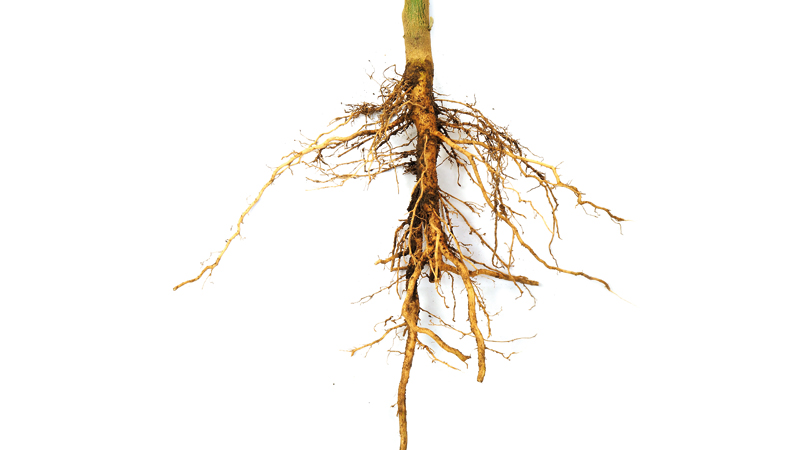

With the Sultanate giving utmost attention to the issue of food security and supply since the Renaissance, the steady increase in domestic food production has helped reduce reliance on imports.
The country has developed a wide array of plans and programmes focused on the security and sustainability of food supply for the citizens and expatriates.
The success in this regard has been reflected in the 2018 Report of the Global Food Insecurity Index issued annually in conformity with international standards, including on food availability, access to food, stability of food supply, and food safety and quality.
The Sultanate has been ranked third in terms of food security and abundance in the GCC and Arab countries for the year 2018.
Out of 113 countries, Oman came in the 29th position; thus, it can be argued that the initiatives implemented to improve the conditions of limited-income persons have played a positive role in this regard.
Oman’s Food Security Strategy (2020-2040) sets forth a set of objectives seeking generally to enhance the country’s food security system in terms of production, import, storage and distribution. It focuses on three key themes, namely food demand, local food production and securing imports.
In fact, a number of new programmes were launched with the aim of capitalising on the potential of individuals and households, engaging them in the development process, and empowering and enabling them to become productive and self-dependent.
According to data from the Ministry of Agriculture and Fisheries, food production in the Sultanate in 2018 increased in all sectors with fish production rising by 59 per cent, animal production increased by 8 per cent and plant production by 12.5 per cent compared to 2017.
In this context, the local production value of the agriculture and fisheries sector contributed a share of 49 per cent to the total value of food supply available for consumption in 2018, up from 36 per cent in 2011.
“This is a significant figure, especially when considered on the backdrop of continued population growth coupled with improved consumption patterns,” says a report by the National Committee for Achieving Sustainable Development Goals.
The overall self-sufficiency in local food products compared with their imported counterparts stood at 79 per cent in 2018, while the percentage of locally produced food items of the total goods available for consumption was at 58 per cent during the same year.
These figures are expected to rise with the start of the actual production in investment projects currently underway.
“These programmes sought to turn social security households into self-dependent ones, invest in their capabilities and support them at administrative, technical and financial levels in the management of SMEs,” points out the draft report, adding, “As a result, a positive impact was noticed among social security households in terms of ensuring food availability.”
The government strategies were also successful in controlling malnutrition diseases among children.
The percentage of overweight among children under 5 years of age was reduced from 23.6 per cent in 1995 to 3.1 per cent in 2017, and wasting has also declined from 13 per cent to 9.3 per cent while stunting dropped from 22.9 per cent to 11.4 per cent during the same period.
Moreover, Oman is striving to maintain its agricultural acreage in order to preserve agricultural lands and allow workers in the agricultural sector to settle down in their villages, which contributes to the sustainability of this sector, promotes its productivity and role in achieving food security, and protects the Omani environment from change and deterioration.
The government is currently executing construction projects of protection walls for farms located on the banks of wadis to prevent their deterioration due to precipitations and wadi floodwaters.
The government opts to encourage its citizens to produce and invest in agriculture and livestock fields by providing them with lands to establish economically viable projects.
Many programmes and projects were also dedicated to sustainable consumption and production, including agricultural pests and technical employment for production operations, with a view to preserving agricultural products, reducing damage caused by pests, and ensuring optimal employment and sustainability of available agricultural resources.
Efforts have also been directed towards improving and updating relevant laws and executive regulations that organise agricultural development action and maintain the sustainability of agricultural production and food safety.
Oman Observer is now on the WhatsApp channel. Click here



